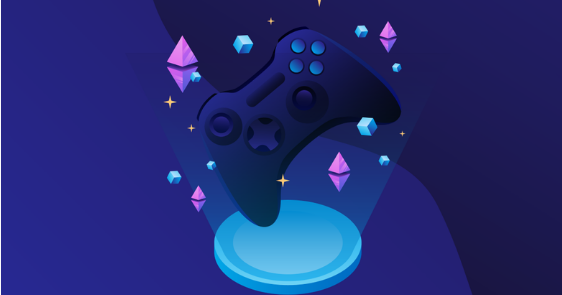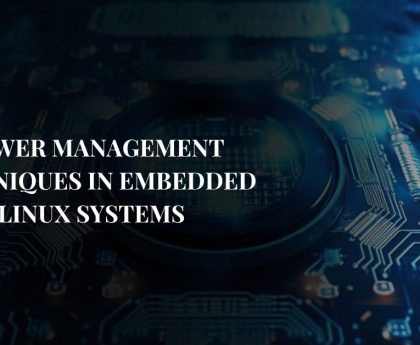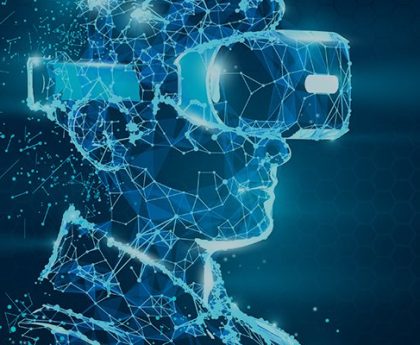Blockchain technology has revolutionized various industries, and the gaming industry is no exception. The introduction of blockchain games has brought about a new era of transparency, security, and player ownership. Blockchain Game Development can be a rewarding venture, but it requires careful planning and execution. In this step-by-step guide, we will walk you through the process of developing a blockchain game from concept to launch.
Understanding Blockchain Games
What are Blockchain Games?
Blockchain games are digital games that utilize blockchain technology to offer unique features such as true ownership of in-game assets, transparency, and security. Players can buy, sell, and trade in-game items, which are represented as non-fungible tokens (NFTs) on the blockchain.
Benefits of Blockchain Games
-
True Ownership: Players have complete ownership of their in-game assets, which can be traded or sold on various platforms.
-
Transparency: The decentralized nature of blockchain ensures that all transactions and game mechanics are transparent and cannot be tampered with.
-
Security: Blockchain provides a secure environment for storing and transferring digital assets.
-
Interoperability: Assets from one game can potentially be used in other games, creating a shared ecosystem.
Step 1: Define Your Game Concept
Identify Your Target Audience
Before you start developing your game, it’s essential to identify your target audience. Understand their preferences, interests, and gaming habits to create a game that appeals to them.
Conceptualize Your Game
Develop a clear concept for your game, including the genre, gameplay mechanics, storyline, and unique selling points. Consider how blockchain technology can enhance the gaming experience and provide value to the players.
Create a Game Design Document (GDD)
A Game Design Document (GDD) is a comprehensive document that outlines the game’s concept, mechanics, features, and design elements. It serves as a blueprint for the development process and ensures that everyone on the team is aligned with the vision of the game.
Step 2: Choose the Right Blockchain Platform
Popular Blockchain Platforms for Gaming
Several blockchain platforms are suitable for game development, including:
-
Ethereum: Known for its robust smart contract capabilities and extensive developer community.
-
Binance Smart Chain (BSC): Offers fast transaction speeds and lower fees compared to Ethereum.
-
Flow: Designed specifically for gaming and digital collectibles, with a focus on scalability and user experience.
-
Polygon (formerly Matic): Provides scalable and secure solutions for blockchain games.
Evaluate Platform Features
Consider the features and capabilities of each platform, such as transaction speed, scalability, security, and development tools. Choose a platform that aligns with your game’s requirements and goals.
Step 3: Design and Develop Game Mechanics
Define Game Mechanics
Determine the core gameplay mechanics, including how players will interact with the game, earn rewards, and progress through levels. Consider incorporating blockchain-specific mechanics, such as earning and trading NFTs.
Develop Smart Contracts
Smart contracts are self-executing contracts with the terms of the agreement directly written into code. They play a crucial role in blockchain games by managing in-game transactions, rewards, and ownership of assets. Work with experienced blockchain developers to create secure and efficient smart contracts.
Design In-Game Assets
Design the in-game assets, such as characters, items, and environments. These assets will be represented as NFTs on the blockchain, allowing players to buy, sell, and trade them. Ensure that the assets are visually appealing and align with the game’s theme.
Step 4: Build the Game
Choose a Game Engine
Select a game engine that supports blockchain integration and provides the tools needed to build your game. Popular game engines include:
-
Unity: Offers a wide range of features and supports blockchain integration through various plugins and SDKs.
-
Unreal Engine: Known for its high-quality graphics and performance, with support for blockchain through third-party solutions.
-
Godot: An open-source game engine with a growing community and support for blockchain development.
Develop the Game
Start developing the game by implementing the core mechanics, designing levels, and integrating in-game assets. Work closely with blockchain developers to ensure that the smart contracts and blockchain features are seamlessly integrated into the game.
Test and Iterate
Testing is a crucial part of the development process. Conduct thorough testing to identify and fix bugs, optimize performance, and ensure a smooth gameplay experience. Gather feedback from beta testers and make necessary improvements based on their input.
Step 5: Implement Blockchain Integration
Tokenize In-Game Assets
Tokenize the in-game assets by creating NFTs on the chosen blockchain platform. This process involves minting digital tokens that represent the ownership and value of the assets. Ensure that the tokens are compatible with popular wallets and marketplaces.
Integrate Wallets
Integrate cryptocurrency wallets into the game to allow players to store, manage, and trade their NFTs. Popular wallets include MetaMask, Trust Wallet, and Coinbase Wallet. Ensure that the wallet integration is secure and user-friendly.
Enable Transactions
Implement the functionality for players to buy, sell, and trade in-game assets using cryptocurrency. Set up secure payment gateways and ensure that the transaction process is smooth and transparent.
Step 6: Launch and Market Your Game
Prepare for Launch
Prepare for the launch by conducting final tests, optimizing the game for different devices, and ensuring that all features are working correctly. Create a detailed launch plan that includes marketing strategies, community engagement, and support channels.
Market Your Game
Promote your game through various marketing channels, such as social media, gaming forums, and influencer partnerships. Highlight the unique features and benefits of your blockchain game to attract players and build a strong community.
Engage with the Community
Building a strong community is essential for the success of a blockchain game. Engage with your players through social media, Discord, and other platforms. Listen to their feedback, provide regular updates, and foster a positive and inclusive environment.
Conclusion
Developing a blockchain game is a complex but rewarding process that requires careful planning, collaboration, and execution. By following the steps outlined in this guide, you can create a successful blockchain game that offers unique value to players and stands out in the competitive gaming industry. Remember to stay updated with the latest trends and advancements in blockchain technology to keep your game relevant and innovative. We also provide Digital Marketing Services from Hotel SEO Companies. Reach us for more Information.





